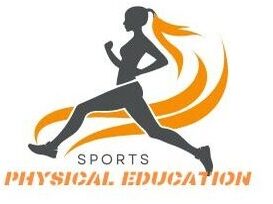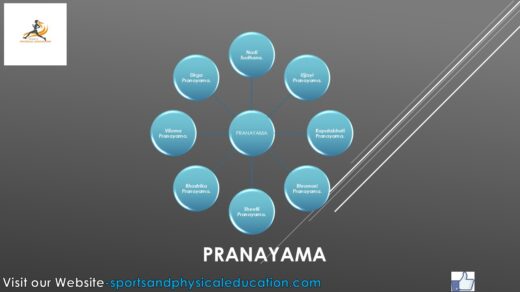What is Physical Education?
Physical education combine with two word physical and education. Physical means-Related to the body or any of its characteristics and Education means-Systematic instruction and training, or preparation for life. Together, Physical Education means the systematic instruction and training related to the body or its characteristics, aimed at preparing individuals for a healthy and active life.
PE involves structured teaching in physical exercises, sports, and activities designed to enhance physical fitness, develop motor skills, impart knowledge about healthy lifestyles, and foster overall well-being. Moreover, it involves all kinds of physical, mental, social, and emotional development, contributing to the overall growth of a person.
As a curriculum component, it focuses on enhancing physical fitness, teaching motor skills, and promoting overall well-being through active engagement. Consequently, the integration of these elements ensures that individuals not only improve their physical abilities but also develop a comprehensive understanding of healthy living.
Furthermore, it plays a critical role in shaping a person’s lifestyle choices and long-term health habits.
Thus, the holistic approach of PE supports the overall development and well-being of individuals. It encompasses a variety of activities including sports, exercises, and games that aim to improve students’ physical competence and confidence.
Full Explanation-
Definition of Physical Education by different authors:
1. Delbert Oberteuffer
”Physical education is the sum of those experiences which come to the individual through movement.”
2. R. Cassidy
“Physical Education is the sum of changes in the individual caused by experiences centering motor activity “.
3. J.B. Nash
physical education, defined it as “that phase of the whole field of education that deals with big muscle activities and their related responses.”
4. Charles A. Bucher
“Physical Education is an integral part of the total education process, which has as its aim the development of physically, mentally, emotionally, and socially fit citizens through the medium of physical activities which have been selected with a view to realizing these outcomes.”
5. A.R. Wayman
“ Physical Education is the part of education, which has to do with the development and training of the whole individual through physical activities.”
6. H. C. Buck-
“Physical Education is part of general education programme which is concerned with growth, development and education of children through the medium of big muscle activities, physical education activities are the tool. They are so selected to conducted as to influence every child life physically, mentally, emotionally and morally”.
Definitions of Physical Education by Different Organizations
1. World Health Organization (WHO)
The World Health Organization defines physical education as “the process of education that develops the knowledge, attitudes, skills, behavior, and motivation needed to maintain a healthy lifestyle into adulthood.”
2. United Nations Educational, Scientific and Cultural Organization (UNESCO)
“Fundamental right for all” and a crucial component of education that fosters the development of physical fitness, motor skills, and knowledge about healthy living. UNESCO emphasizes the role of PE in promoting peace, understanding, and social cohesion through sports and physical activities.
3. American Alliance for Health, Physical Education, Recreation and Dance (AAHPERD)
“An academic discipline that involves the study of human movement and the ways in which physical activity can be used to develop individuals physically, mentally, emotionally, and socially.”
4. National Association for Sport and Physical Education (NASPE)
“A planned, sequential K-12 curriculum that provides cognitive content and learning experiences in a variety of activity areas such as basic movement skills, physical fitness, rhythms and dance, games, team, dual and individual sports, tumbling and gymnastics, and aquatics.”
Conclusion-
In conclusion, physical education is more than just exercise at school; it’s about building fitness, learning healthy habits, and developing important life skills. It helps students grow physically, mentally, and socially, encouraging a healthy and active lifestyle. By including PE in the curriculum, we support the overall well-being of individuals and create a foundation for healthier communities. It’s a key part of helping students become well-rounded and healthy people.


Thanks for taking the time to put this together! Your perspective on this topic is refreshing! This blogpost answered a lot of questions I had. I’m definitely going to share this with my friends. The examples provided make it easy to understand. I enjoyed reading this and learned something new.